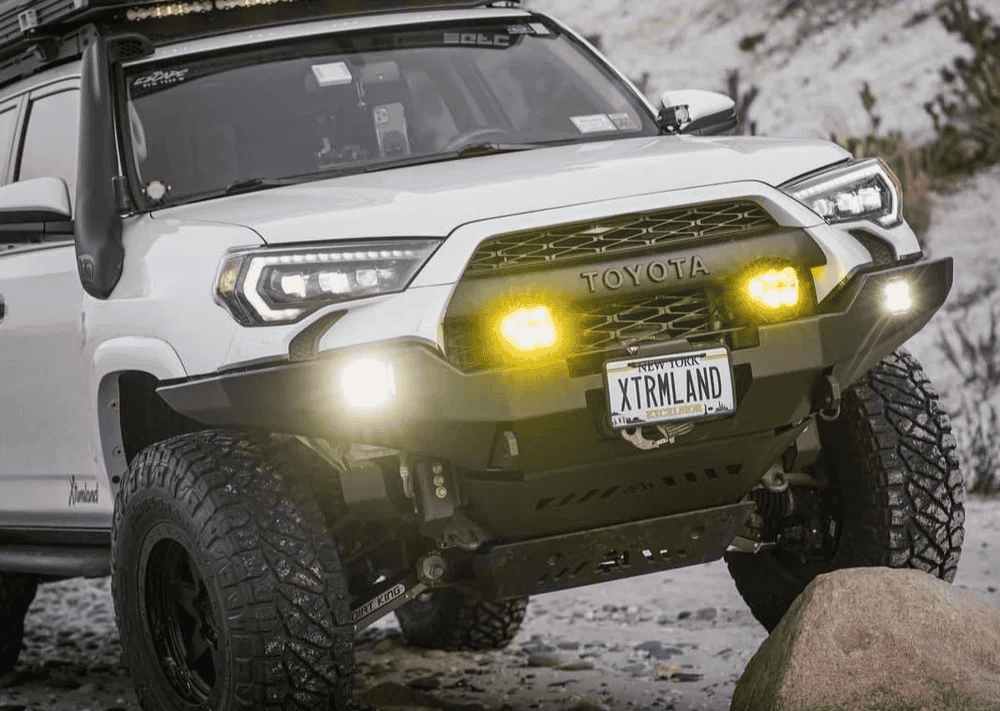Overland Vehicles

A true turn key expedition truck is more than a pickup with a topper. It is a purpose built platform that can leave pavement for days while keeping occupants safe, rested, and fed. The core idea is integration. Drivetrain, suspension, power, water, storage, comms, and recovery gear work as a system, not a pile of parts. When that system is balanced and tested, you get dependable range, predictable handling, and easy daily use even in rough terrain.
Reliability comes from conservative choices and redundancy. Use parts with broad service networks, select tires that match vehicle weight and intended terrain, and add backup charging and filtration. Comfort is not a luxury here. Good sleep, controllable climate, and a clean galley help you make sound decisions when the trail turns tricky.
Start with the right foundation. Popular choices include three quarter ton and one ton domestic trucks or global medium duty platforms. Prioritize payload capacity and wheelbase suited to the terrain you plan to drive. Pair the chassis with matched springs, adjustable shocks, and appropriate bump stops to control weight and protect components. Tire size and construction influence traction, braking, and fuel use, so choose a diameter that the axle ratio can turn without excessive heat. Lockers, a true low range, and proper skid armor add real capability without flashy cosmetics.
Modern expedition trucks often run an independent 12 or 24 volt system with lithium batteries sized to daily loads. A balanced setup mixes solar, alternator charging through a DC DC unit, and shore power for fast top ups. A pure sine inverter runs small appliances while DC runs fridges and lights with minimal loss. Insulation, ventilation, and a diesel or gas fired heater extend shoulder seasons. In hot regions, efficient ventilation and shade strategy are foundational, while compact air conditioning units can bridge short heat waves if battery bank and charging support them.
Water is weight, but also freedom. Fixed tanks mounted low with a real gauge make usage predictable. Pair that with a multi stage filtration setup and a fast fill port so you can use uncertain sources responsibly. A compressor fridge beats ice for food safety on long routes. Keep the galley simple and safe to use in wind and rain. Inside storage should secure heavy items near the floor and ahead of the rear axle to preserve handling. Sleep platforms must support real rest, with breathable bedding and easy access for late night exits.
Every add on consumes payload and volume. Track curb weight, payload, and axle ratings from day one, and weigh the truck after each major change. Low center of gravity beats sky high racks when the trail gets off camber. Steel armor protects but adds mass; choose the pieces you truly need for your routes. Wheelbase influences breakover and turning, so match it to your trails and parking reality.
Drivetrain selection shapes the whole experience. Full time systems shine on mixed weather pavement, while part time with low range excels in slow technical travel. A front and rear locker is powerful but requires thoughtful driving to preserve steering and shafts. Think through serviceability as well. Select filters, belts, and sensors you can source globally, carry known failure items, and build a tool kit that matches your platform.
Navigation, communication, and safety are as critical as mechanical gear. Pair offline maps with satellite messaging or a sat phone for areas without cell coverage. Add proper first aid, fire suppression within reach, and a recovery plan that includes rated points, a quality winch, soft shackles, and traction boards. Practice these tools on easy ground long before you need them for real.
Set a realistic scope and budget by working backward from how you travel. Cold mountains, desert heat, and coastal humidity each demand different insulation, water, and power strategies. Favor durable finishes, simple plumbing runs, and fast access to fuses and valves. Build in maintenance windows so you can service filters, drain tanks, and inspect fasteners without dismantling the interior.
Shakedown trips near home reveal what to fix before you commit to long routes. Keep a log of power use, water draw, and tire behavior across speeds and surfaces. Adjust shock settings, tire pressure, and storage placement until the truck tracks straight and quiet. Legal compliance matters too. Confirm weights, lighting, visibility, and emissions requirements for the states or countries you plan to visit.
If you want a professionally planned outcome, a proven shop can turn that checklist into a cohesive build. For broad capability and smart packaging, explore overland rigs designed around real travel needs. If your truck already sits in the driveway and needs targeted improvements, consider a focused custom overland upfit that aligns suspension, power, and storage with your payload and terrain. Curious about our process and culture in Fayetteville Arkansas and why travelers trust us with long range rigs, read why choose OZK Customs.
Your next step is simple. Share your routes, climate, and crew size, and we will map a practical specification that balances capability with comfort. When you roll out, the truck should feel quiet, composed, and ready. That is the difference between a parts list and a turn key expedition truck.
Ready to move from a sketchbook to a road proven expedition truck? Our Fayetteville Arkansas shop designs and builds complete overland platforms with integrated power, water, climate, and storage. Tell us how you travel, and we will engineer a reliable system that fits your routes, payload, and budget. Start your build plan today and let OZK Customs prep your rig for the long road.
ADDRESS:
6159 E Huntsville Rd, Fayetteville, AR 72701
PHONE:
(479) 326-9200
EMAIL:
info@ozkvans.com